-
Posts
851 -
Joined
-
Last visited
-
Days Won
3
Content Type
Profiles
Forums
Blogs
Gallery
Events
Store
Posts posted by drclaw
-
-
I can't help but feel a little nervous as to how many of this Lions are being bought for the diamonds and then stripped.
This was happening with some silver medals when silver prices were high. They were being bought and melted down for the silver value.
Historical vandalism in my view but I can understand how it could be financially lucrative.
0 -
Paul, Richard and Markus,
Thank you for the very nice words. This book would not have been possible without the generosity of many people through the writing process - especially yourselves.
It's no false modesty to say this book stands on the shoulders of others who pioneered study on the Double Dragon, including James Peterson, King Kwok, Robert Werlich, Michael Autengruber, Gustav Tammann and Li Gongqing.
Gavin
0 -
Dear all,
"The Order of the Double Dragon - Imperial China's Highest Western Style Honour 1882 - 1912" has finally arrived from the printers
Richard La Tondre contributed the Forward together with many photographs which he took from the Hoover Institution Archives at Stanford University.
Here's the short blurb:
"The Order of the Double Dragon was Imperial China's highest Western-style honour, established at a time of profound and painful change. The forced opening of China in the 19th century brought profound shocks and a flood of foreigners from missionaries and traders to teachers, military adventurers and railway builders. Many of these individuals gave loyal service to the Qing Court which the Order of the Double Dragon sought to reward.
Conferred by the Emperor on visiting foreign statesmen, the award also symbolised China's efforts to engage the West. The insignia were beautifully made and combined elements from Eastern and Western traditions. They captured the grandeur and majesty of a Dynasty, and way of life, in terminal decline.
This book examines the history, design and symbolism of the Order of the Double Dragon against the turbulent events of late Imperial China. With almost 100 images, together with translations of the original Imperial decrees, it offers a comprehensive guide to an award with a unique and important place in history."
The book is softcover, around 90 pages, and in colour.
The cost is AUD 25, plus $12 international postage by A4 envelope (note this doesn't cover the full postage cost). Payment can be made through Paypal.
I can be contacted by PM or through gavgoh88(at)yahoo.com.au.
For purchasers in China, please contact JCwater by PM or through jcwater638(at)hotmail.com.
Copies will also soon be available from the Orders and Medals Society of America.
Gavin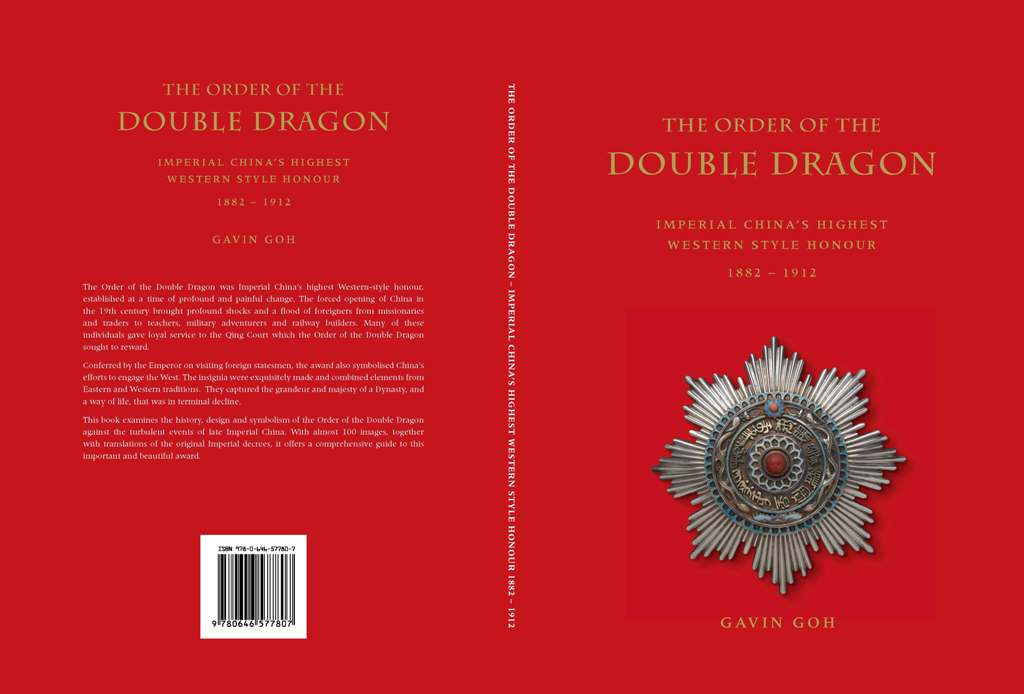

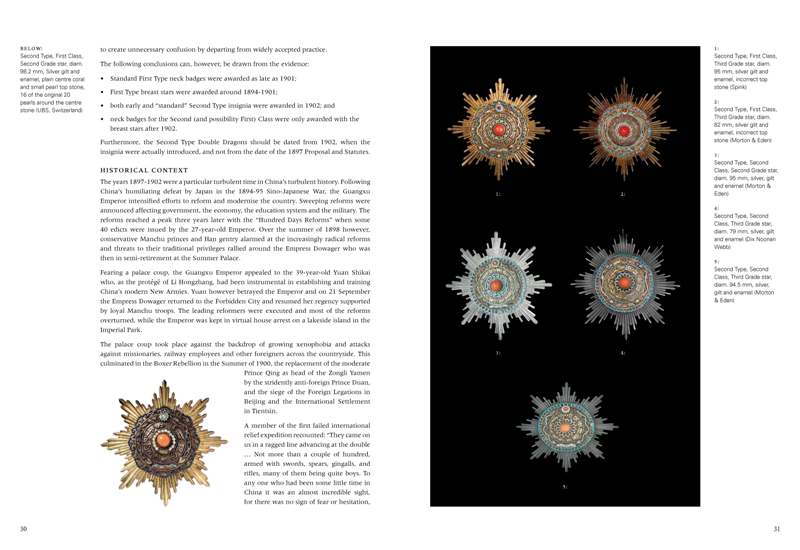
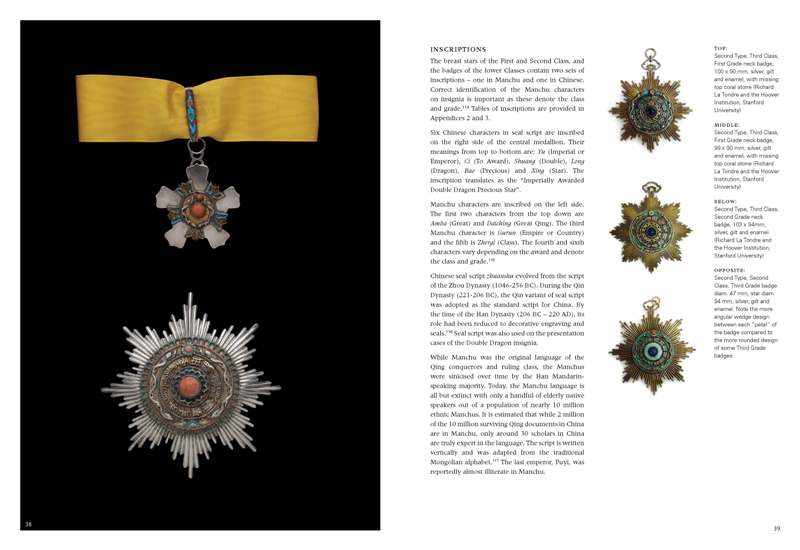 0
0 -
Nick and Paul, thanks for a very interesting thread.
The St Andrew would be one of the most beautiful Orders around and the quality of the workmanship exquisite - although you wouldn't expect anything less for a high Russian Order and Russian craftsmen.
Nick, was interested in your reference that around 1050 awards were made.
Would you know the numbers for other Russian awards, e.g. St Anne, St Stanislaus, St Vladimir, etc?
Werlich's book is very useful but unfortunately makes no mention of the numbers of awards conferred.
0 -
WOW!!! What a brilliant find Nick!
This is probably the closest we will ever come to Pu Yi wearing an Imperial Grand Order ... the Republican version.
0 -
Hello Avsar,
Congratulations on your website! It looks simply magnificent!
You have many beautiful things.
All the best, Gavin
0 -
Hi Rich, you've come to the right place with experts like Nick and Markus who'd be able to share their wealth of experience.
My two bits worth if you're thinking of dipping your toe.
The quality of the European manufactured insignia is typically worlds above the local Persian ones. Many also have identifiable makers marks and each firm had their own distinctive design in how they realised the Lion and Sun enamel painting.
If you haven't already, have a look at Markus's gallery of his collection of European lions.
Gavin
0 -
Wow! Thanks for all this information!
It certainly was a fascinating award and it would be a miracle that many of these awarded to Soviet workers survived at all given the politics (and personal risks) involved.
Nick, I'd have to agree. The First Class award doesn't float my boat and the Second Class is still the most aesthetically appealing.
0 -
Very nice indeed!
I didn't think many people had miniatures made these days given Orders in general are not widely worn today. So this would be a rare find
0 -
What an interesting background story!
Given the leap in quality between the Bronze and the Silver, the First Class Gold badge must have been exquisite.
From the Russian article image, these appear to have been awarded in the typical plush black lacquer cases.
0 -
Same Type, Class. I'd also guess same Grade.
But there are clear differences in design. So they may have been made by different workshops.
Yours is a uniface (one sided) badge. Many of the First Types were double sided with the reverse of very similar appearance to the front.
Also the Musee example has the original suspension.
0 -
Ah, VERY interesting indeed! Thanks for posting these images.
The First Type Double Dragons were awarded as neck badges (even the First and Second Class awards) but they were not popular with their Western recipients who preferred breast stars.
It was not unusual for recipients to have their insignia privately converted to breast stars.
Yours also appears to have a Chinese maker's inscription on the reverse.
0 -
Gents,
JCwaters, Paul Wood and I have been working to identify some very unusual medals in a Chinese collection.
Thought we'd share this rare beast with you which JC has identified as a Manchukuo National Highway Authority Medal. It's the most complete specimen he's ever seen, and these are very rare. It's not listed in Peterson.
Enjoy!
http://gmic.co.uk/uploads/monthly_08_2012/post-11630-0-86617800-1344281707.jpghttp://gmic.co.uk/uploads/monthly_08_2012/post-11630-0-35236900-1344281754.jpg
0 -
Could you post a photo of the reverse?
It'll be very interesting to see.
0 -
Welcome back Nick!
Your GMIC friends have missed you and your contributions.
Gavin
0 -
A very nice First Type, Third Class, awarded around 1882-1901. Without being able to read the inscriptons, I'd guess it is a First Grade specimen.
The Musee de la Legion d'Honneur has a very nice Third Class specimen too. Here it is.
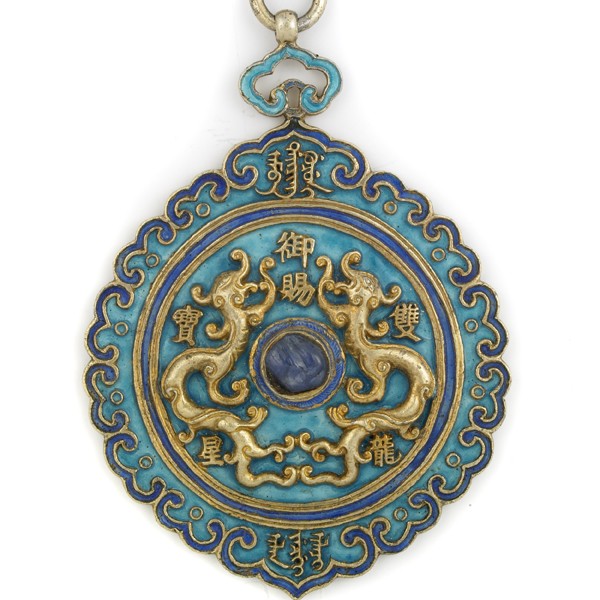 0
0 -
Rich and John, I knew you'd deliver the goods!
Many thanks.
JCwaters was spot on - these are Japanese (or Korean) medals, and it seems non-government, privately commissioned pieces. And there I was tearing my hair out trying to translate it in Mandarin ...
As to how they appeared into a Chinese collection remains a mystery but we have also uncovered what appears to be an Annam Kim Khanh in the collection as well.
A beer to you both.
:beer:
0 -
Rich and John,
I've greatly enjoyed and appreciated your contributions to this forum so it would be saddened to see either or both of you leave.
I've posted a topic on some mysterious sporting medals that surfaced in a large Chinese collection. We suspect from the style of the inscriptions that they may be Japanese awards or manufacture.
Please have a look and any thoughts / theories would be gratefully received.
Gavin
0 -
http://gmic.co.uk/uploads/monthly_07_2012/post-11630-0-26760700-1343775792.jpghttp://gmic.co.uk/uploads/monthly_07_2012/post-11630-0-97080800-1343775825.jpg
0 -
-
Gents,
JCwaters, Paul Wood and I have been working to identify some medals that have turned up as part of a large Chinese collection.
These two have us stumped and JC pointed out that the inscription style is very similar to that found on Japanese medals.
I've looked through Peterson and these aren't listed.
The figures appear to me those used in relation to sporting (or even Olympic) commemorative medals. This is a long shot but one medal is marked 1924 (the year of the Paris Olympics) while the other is marked 1930 (the year of the X Olympic Congress in Berlin attended by some 41 delegates according to the IOC website).
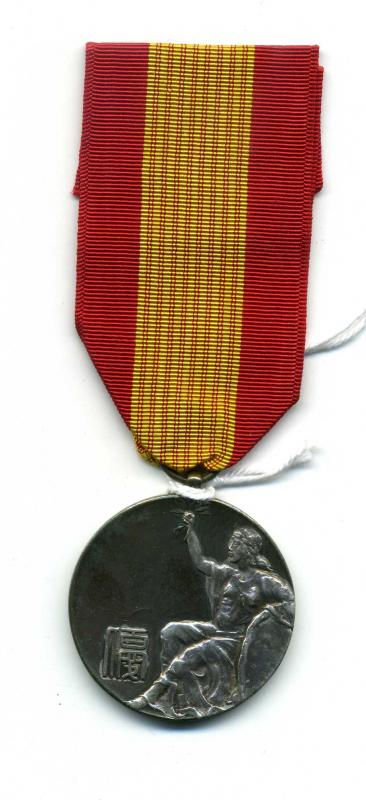 0
0 -
Thanks to Hsin, the inscription reads:
"Guangdong xun an shi li jiang gei"
This can be literally translated as “Guangdong Province Patrol Control Use/Employ Judge (or possibly a surname) Awarded” but as Hsin points out "Xun An Shi Li" could also be someone's name.
The characters on the obverse read: Jiang (Praise or Award); Li (Judge or a surname) Wu (I or our) or possibly someone's name
My guess is this might be Guangdong Province police badge or something similar
0 -
And that kepi badge is just beautiful. I've only ever seen it in black and white photos.
To see an actual example in colour .... :o
0 -
Nick, I was going through this wonderful thread again.
The Order of Merit is very rare. However, given the fact it was awarded in more than a handful of numbers, it doesn't explain why these don't appear more often at auction.
My guess is that most of these insignia would have been destroyed during the Japanese invasions / Civil War / Communist era / Cultural Revolution.
And few if any were given to foreigners so we hardly see any outside China unlike say the 1st / 2nd Class Order of the Precious Golden Grain.
Gavin
0




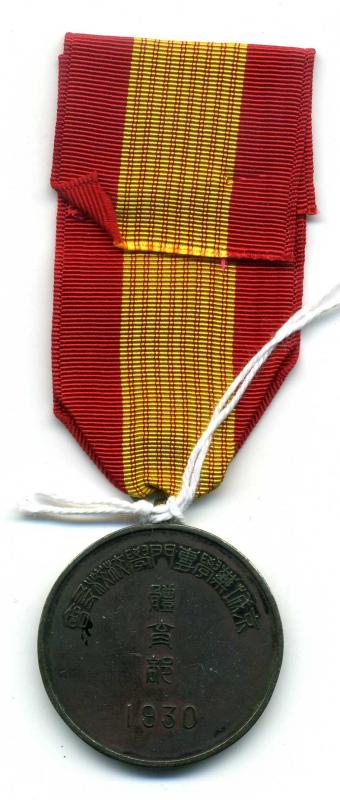
Persia - Order of the Lion and the Sun
in Middle East & Arab States
Posted
Wow! I've never seen these in their original case before.
The case appears very similar to the late Ottoman Order of Medjidies.